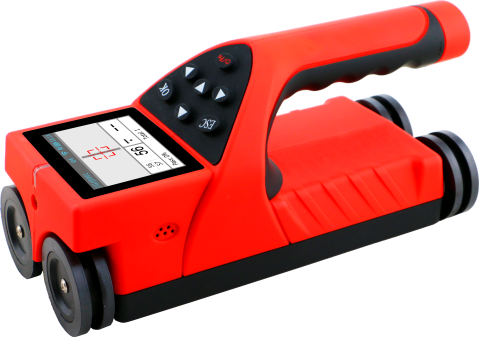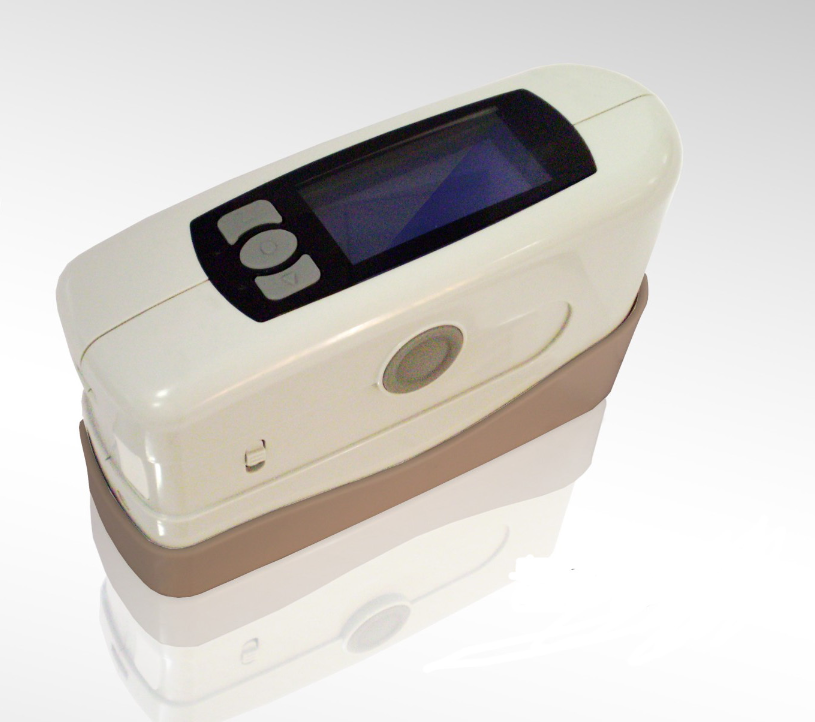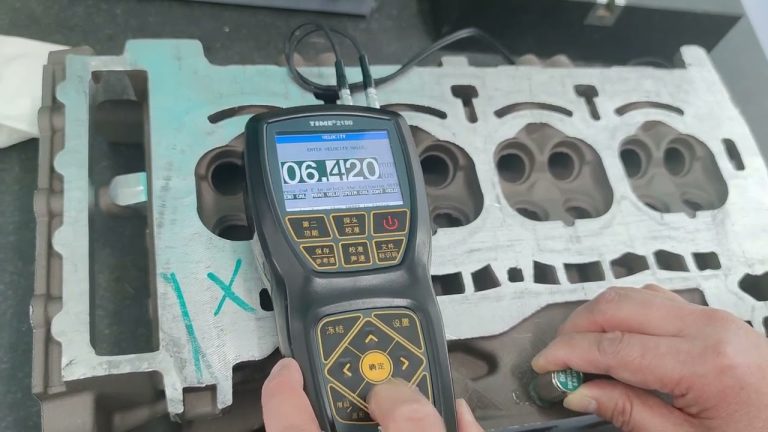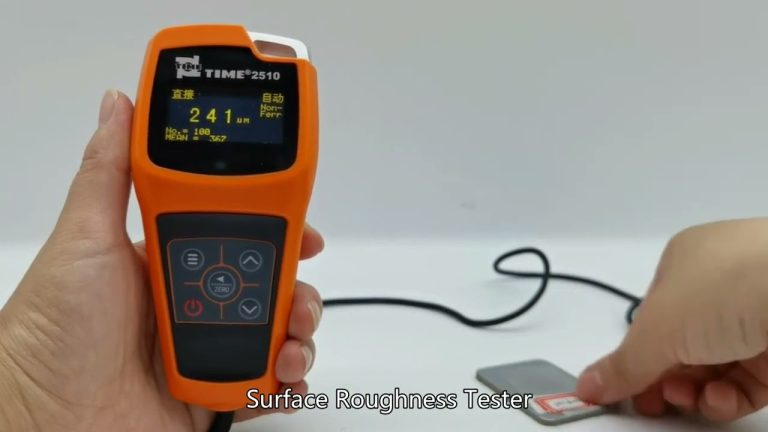We must stay away from radioactive sources in our daily lives. The environmental protection department recommends that when you find unmanaged objects with ionizing radiation signs, please stay away from the scene. Do not touch or move these items without permission, and do not open containers out of curiosity.
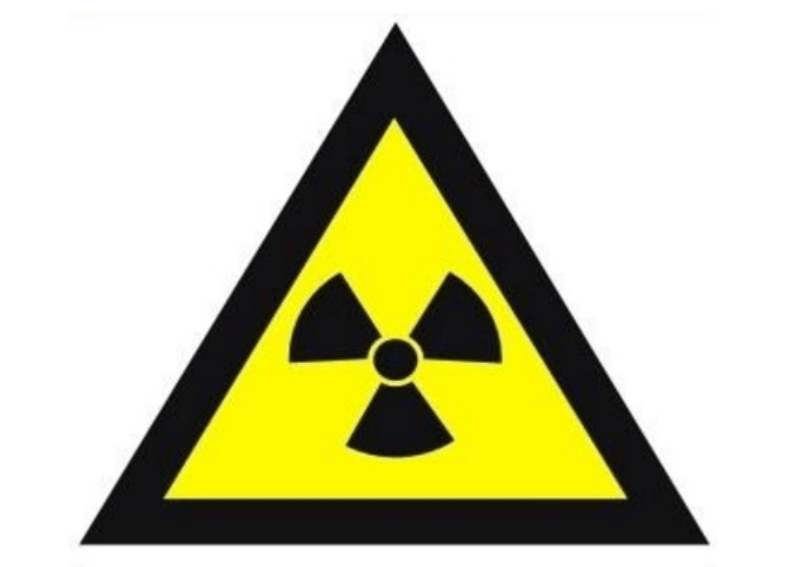
- What is ionizing radiation?
Ionizing radiation refers to the general term for all radiation that can cause ionization of matter. Including alpha rays, beta rays, gamma rays, X-rays, neutron rays, etc. Such as material level gauges for measuring material levels in production, X-ray flaw detection and thickness gauges, neutron rays for moisture measurement, X-ray diagnostic machines for medicine, γ-ray therapy machines, and radioactive isotope reagents for nuclear medicine. - What is a radioactive isotope?
If two atoms have the same number of protons but different numbers of neutrons, they still have the same atomic number and are elements at the same position in the periodic table, so they are called isotopes. Radioactive isotopes are called “radioactive isotopes”. When radioactive isotopes undergo nuclear decay, they can emit alpha rays, beta rays, gamma rays, etc.
What impact does ionizing radiation have on human health?
The damage caused by ionizing radiation to the body can be divided into acute radiation damage and chronic radiation damage. Receiving a certain dose of radiation in a short period of time can cause acute damage to the body, which is usually seen in nuclear accidents and radiation therapy patients. Dispersed exposure to a certain dose over a long period of time can cause chronic radiation damage, such as skin damage, hematopoietic disorders, leukopenia, and impaired fertility. In addition, radiation can cause cancer and cause fetal death and malformation.
How to protect against ionizing radiation?
Three major principles of ionizing radiation protection: time protection, distance protection and shielding protection
(1) Time protection: No matter what kind of exposure, the cumulative dose to the human body is directly proportional to the exposure time. The longer the exposure time, the more serious the radiation hazard.
(2) Distance protection: The radiation dose rate at a certain location is inversely proportional to the square of the distance from the radioactive source. The greater the distance from the radioactive source, the smaller the dose rate at that location and the less exposure you receive.
(3) Shielding protection: It is to set up a protective barrier between people and radioactive sources. Because rays pass through substances with large atomic numbers, they are absorbed a lot, so the radiation dose reaching parts of the human body is weakened. Commonly used shielding materials include lead, reinforced concrete, lead glass, etc.According to the degree of harm of radioactive sources to the human body, radioactive sources are divided into the following five categories from high to low:
(1) Class I radioactive sources are extremely high-risk sources: without protection, exposure to such sources can cause death within a few minutes to an hour;
(2) Class II radioactive sources are high-risk sources: without protection, exposure to such sources can cause death in a few hours to a few days;
(3) Class III radioactive sources are dangerous sources: without protection, exposure to such sources can cause permanent damage to people within a few hours, and can also cause death after exposure for several days to weeks;
(4) Class IV radioactive sources are low-risk sources: they will basically not cause permanent damage to people, but they may cause recoverable temporary damage to people who are exposed to these radioactive sources for a long time and at close range;
(5) Class V radioactive sources are extremely low-risk sources: they will not cause permanent damage to humans.We must stay away from radioactive sources in our daily lives. The environmental protection department recommends that when you find unmanaged objects with ionizing radiation signs, please stay away from the scene. Do not touch or move these items without permission, and do not open containers out of curiosity.


